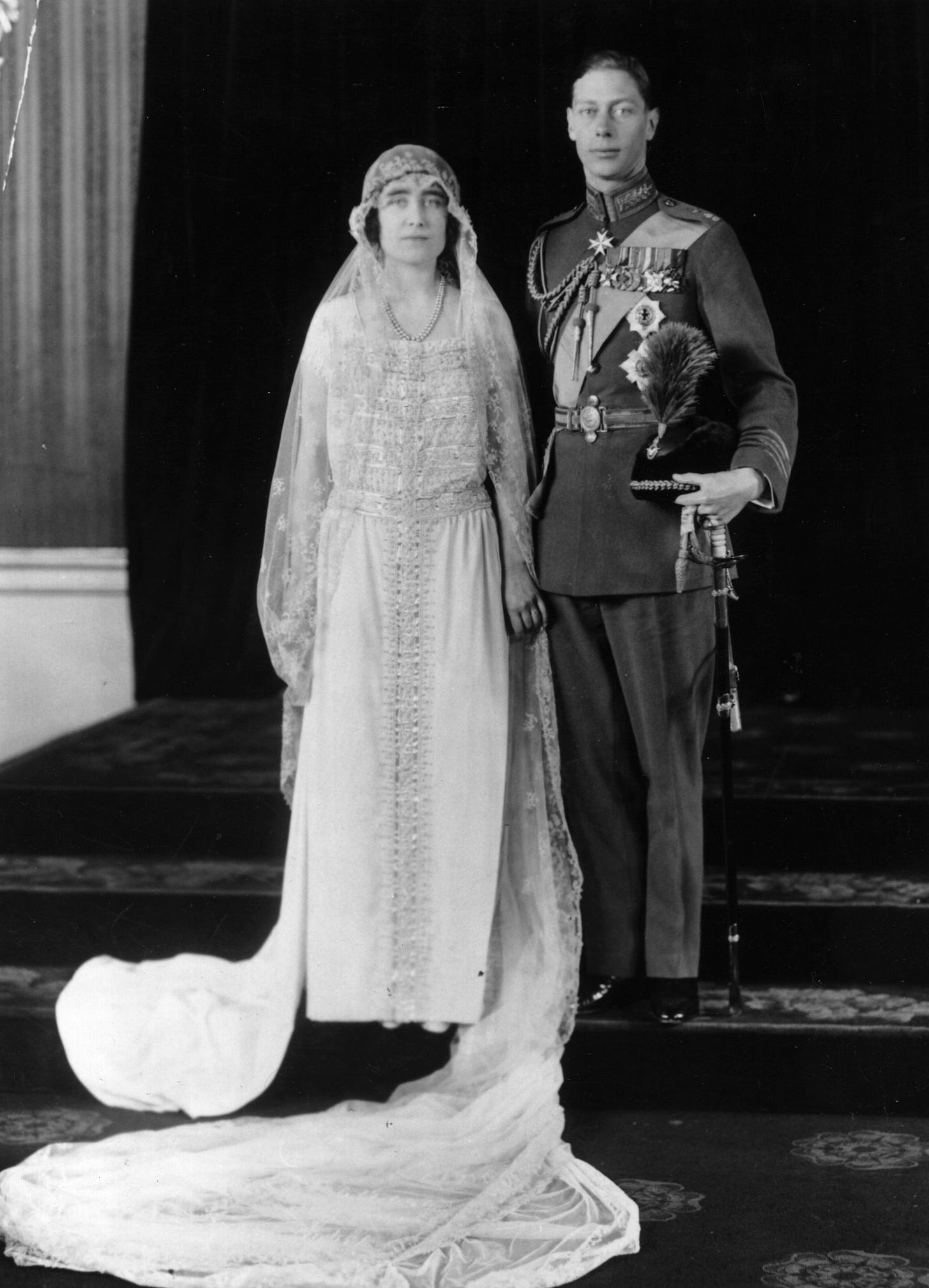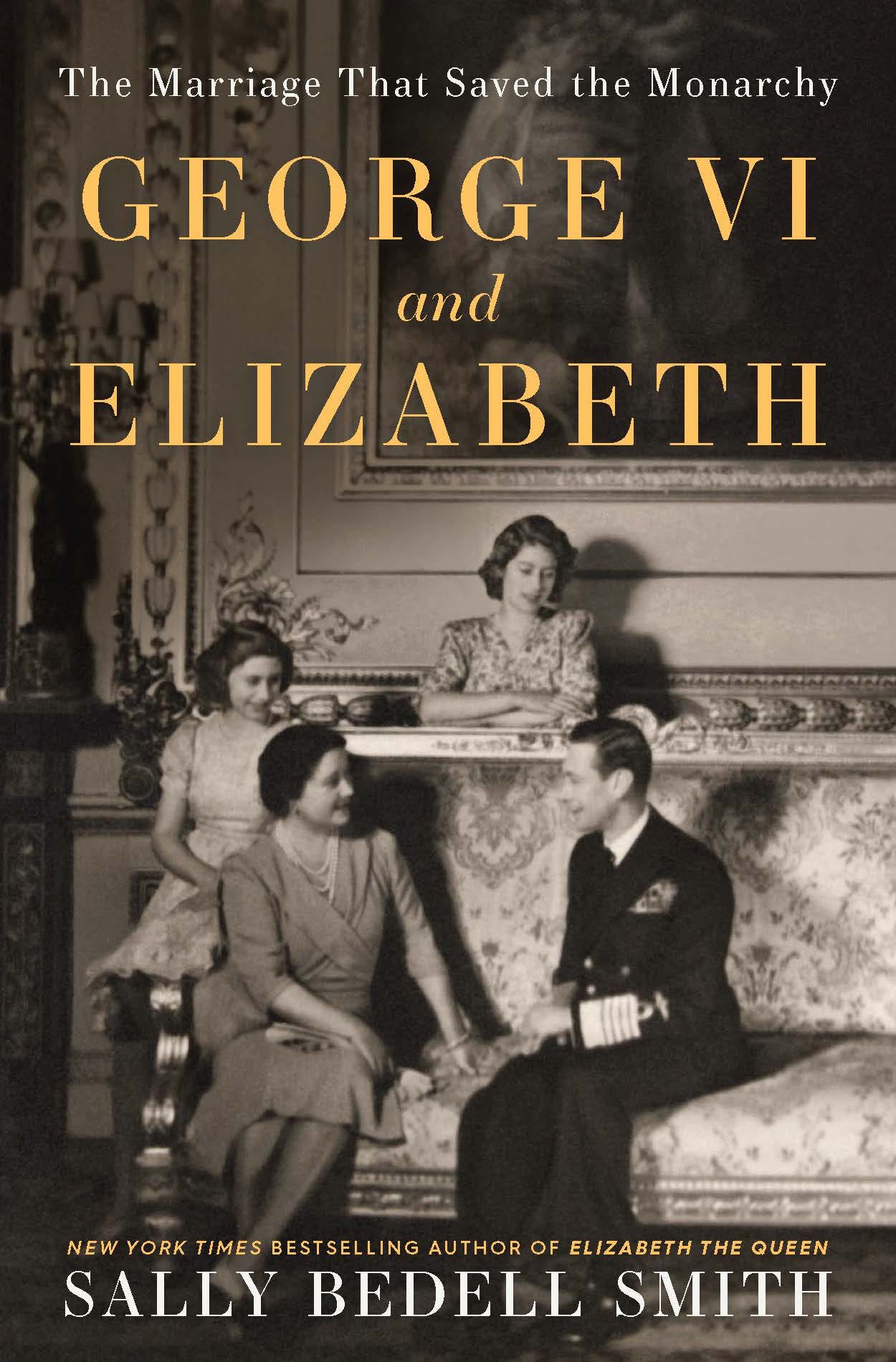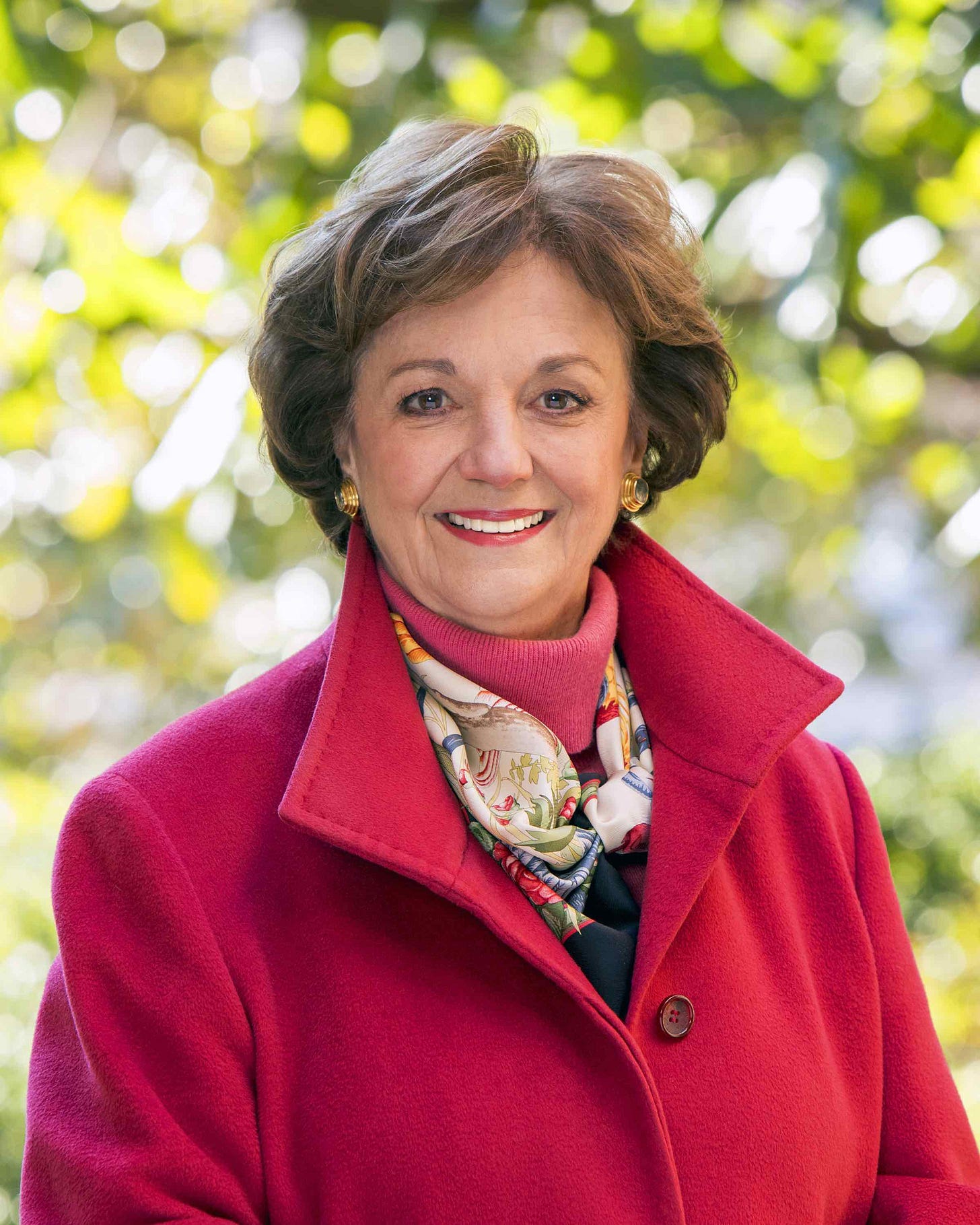Sally Bedell Smith on ‘the Marriage that Saved the Monarchy’
The best-selling royal author on her new book about George VI and what she is thinking about ahead of Charles III’s coronation.

In the ever-growing, wide-ranging collection of royal biographies, there is one author I reach for repeatedly: Sally Bedell Smith. The American journalist, who worked for Time and the New York Times, has become a celebrated expert on the British monarchy. Among the eight biographies she has written are two definitive royal works, a look at the late queen in Elizabeth the Queen: The Life of a Modern Monarch and the new king in Prince Charles: The Passions and Paradoxes of an Improbable Life.
Bedell Smith’s books are weighty, both literally and figuratively, the result of her exhaustive research on the Windsor family. The reporter in me marvels at the breadth and depth of her sourcing, while the writer in me admires how she then pieces together these complicated (and sometimes well-trodden) stories in a new way. Her biographies go beyond documenting the life of the subject, seeming to capture their spirit, too.
Which is to say I was thrilled to hear she had written a new royal book — out this week! — a joint biography of Queen Elizabeth II’s parents called George VI and Elizabeth: The Marriage That Saved the Monarchy. “It’s time I did the origin story,” Bedell Smith told me.
The life of Bertie (as George VI was affectionately known) and his bride (later called the Queen Mother) is defined by the abdication of Bertie’s brother, David. In December 1936, after less than a year on the throne as King Edward VIII, David walked away in order to marry American Wallis Simpson. It’s hard to overstate the ripple effect here, how his move changed royal history forever. At the age of 40, having lived life with privilege but a different kind of pressure as the so-called spare, Bertie suddenly became King George VI. His wife became queen and their eldest daughter, Elizabeth, was next in line.
To understand George VI and Elizabeth’s courtship and their 15-year tenure as king and queen consort, Bedell Smith ventured where few are permitted to go: the Royal Archives in Windsor. Thanks to access granted by Queen Elizabeth II herself (a very big deal!) Bedell Smith was able to read letters Bertie and Elizabeth sent one another, as well as their private diaries and those of other members of the royal family.
“It was like Aladdin’s cave for me,” Bedell Smith said. “I spent three months there, climbing up a hundred medieval stone steps every day with my bag lunch so I could eat in the tearoom and maximize my time.” She stayed from 10am until 4pm every day, taking at most a 10-minute break “because there was so much rich material.”
Can you imagine? Reading those diaries? I leapt at the chance to ask Bedell Smith what it felt like to see these intimate documents, as well as what surprised her in their contents. We also discussed the upcoming coronation — as someone who knows Charles very well, I was so curious to hear what she is thinking about ahead of his crowning. All of that, along with why it took Elizabeth 12 (!) days to accept Bertie’s third (!) proposal, below.
ICYMI: One Quick Thought this week has the divorce story everyone is talking about, super cute kiddo pool sandals, and a hilariously elaborate TikTok Peep treat.
On Instagram, I weighed in on King Charles’s coronation invitation. So (very many) thoughts in the caption below.
Paid subscribers can read this newsletter in full — so very many thanks for your support! If you haven’t already, please consider upgrading for $5 / month. You’ll also get access to the SMT coronation gatherings as well as my forthcoming coronation newsletters and podcast right here on Substack.
(If for any reason you can’t afford it, please sign up for a free subscription first and send me an email at Hello@SoManyThoughts.com.)
Sally Bedell Smith on ‘The Marriage that Saved the Monarchy’
Please note: Our conversation has been edited and condensed.
I am so excited to speak with you today! You’ve written two of my favorite royal books, on the late queen and now the new king. How did you set about telling the story of King George VI and Queen Elizabeth, the Queen Mother?
Sally Bedell Smith: I knew that the only way to really get at their story in any sort of intimate and authentic way was to gain access to the Royal Archives. I enlisted two advocates and they made my case. The queen — who was very sensitive about the portrayal of her parents — gave me special access to the Royal Archives.
This is my eighth biography. In every other case, I spent most of my time interviewing hundreds of people. I interviewed some for this, but it was really based in a number of archives, particularly [the Royal Archives] at Windsor. They also gave me permission to use the Queen Mother’s family archives up in Glamis Castle in Scotland, which had a whole other trove of fascinating letters and scrapbooks and game books. That was equally enriching.
When did you start your research?
The Prince Charles book came out in 2017 and I started [on this one] around the end of that year. I began getting in touch with two people who I felt could help me and I finally got permission in 2018, in the spring.
Then it took about four months for me to submit my bespoke list of documents that I wanted, because they don’t have a finding aid at the Royal Archives (EH note: A finding aid is a document that describes what is in an archival collection). So I had to create my own, which took months. And then they had to spend some time figuring out what they would share with me.
The one thing about the Royal Archives is they are very reluctant to share anything about anyone who is still alive. So, there were certain things that I asked for that involved then-Queen Elizabeth II that they didn’t want to share. But by and large, I got whatever I wanted — and the diaries were especially important.
I’d love to hear more about those diaries. What did you learn from them?
Elizabeth’s diary that she began two days before Bertie’s third proposal was just riveting. She clearly knew that her life was about to change. It was a chronicle of the 12 days that it took her to make up her mind after the third proposal.
[George VI’s] diary was a total revelation. It began on the first day of World War II and lasted for a little more than seven years. It showed me aspects of his personality that I had no idea about. First of all, he was far, far brighter than people who didn’t know him gave him credit for. He was very astute in his judgments of people. He was exceedingly discreet. Winston Churchill entrusted him with the biggest secrets of the war, including the Enigma codes and plans for D-Day. It was a real window on their relationship.
Even before he became king, he had a very democratic streak. He was really interested in bringing the social classes together, in bringing business leaders and workers in the mines and the factories together. And these themes evolved during the war as well. What his diary showed over and over again was how many times they went out and risked their lives to visit devastated bomb sites and console people. The king and queen were very connected to the ordinary people.
Can you share what it felt like to read these diaries? It feels like such an intimate thing to do.
You’re absolutely right. Reading the diaries and the letters are both a very intimate experience. I’ve done it before, but I haven’t done it to this extent with a very specific group of people.
The letters [between Bertie and Elizabeth] during their courtship were very touching. They were sort of restrained and very correct. Following the two proposals that she turned down, in 1921 and then again in 1922, they had these letters that they wrote to each other — he was apologizing and she was apologizing and both were sort of anguished about it.
The fascinating thing was that she never shut the door. She always said, “You are my very special friend.” And she wanted to keep it on that level. When he went to visit her in the fall of 1922 up in Scotland, they had more time together. You could see the tone of their letters shift and her sort of intimating that there could be something romantic in the offing. These kind of subtle shifts were very evident when you read the letters in sequence.
And then, of course, those 12 days from the [third] time that he proposed to when she accepted were this swirl of activity recounted in her diary. She was running all over London and out into the country and going to balls and having lunch with people — and, from time to time, seeing Bertie and saying, “I will tell you, I will let you know by X date.” And she kept pushing the deadline! He was being very patient.
It’s fascinating to think about those 12 days, isn’t it?
In the middle of it — and heaven only knows where it came from — but there was this gossip item in the paper that was shown to her when she was off at a weekend in the country. Without naming her, but clearly making it evident who they were talking about, it said that she was to be engaged to the Prince of Wales, the future King Edward VIII. She scarcely knew him! He was a notorious playboy and she was totally mortified by it. She wrote to Bertie and said, “This is awful. Where did this come from?”
Keep reading with a 7-day free trial
Subscribe to So Many Thoughts to keep reading this post and get 7 days of free access to the full post archives.








